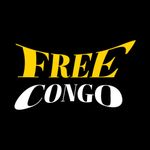Since 1996, the war in Eastern Congo has claimed over 6 million lives and has displaced millions more—a humanitarian catastrophe that continues in 2025. During the event we ask, who is truly responsible for this ongoing violence? How do outside forces interfere and fuel the chaos in the country? What systems of exploitation are being sustained until this day, and what effects does the injustice towards civilians have on the future? This programme will shed light on the conflict from the perspective of the Eastern Congolese communities in the Netherlands. With firsthand accounts from Bukavu, Goma and the Mugunga refugee camp and insights from the Nakivale refugee camp in Uganda, this night revolves around raising awareness and exploring urgent solutions for justice and lasting peace.


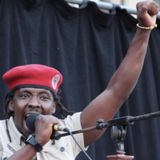
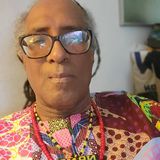
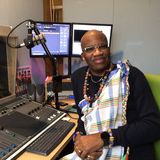
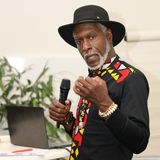
About the programme
The Democratic Republic of Congo (DRC) is Africa’s second-largest country, spanning 2.34 million square kilometers, with a population of approximately 112 million people. Despite its many challenges, the DRC is one of the most important nations on Earth when it comes to the fight against climate change. Its rainforest, the second-largest in the world after the Amazon, absorbs about 1.5 billion tons of carbon dioxide every year, helping to cool the planet and reduce the effects of global warming. Without this natural carbon sink, those emissions would be released into the atmosphere. The Congo Basin also holds an extraordinary level of biodiversity, sheltering thousands of plant and animal species that are found nowhere else in the world.
The brutal exploitation of mineral resources under Belgian colonisation from 1885 onwards, its widespread atrocities, and genocide that claimed the lives of half its population has had lasting effects. Crimes against humanity and acts of torture were committed, with many Congolese people mutilated as a form of punishment, causing lasting psychological and physical trauma.
After gaining independence on June 30th, 1960, the Democratic Republic of Congo (DRC) continued to face decades of violence and prolonged political instability under successive presidencies, rulers, and neo-colonial regimes
Now, the conflict in Eastern Congo that has raged since 1996, is still ongoing. Since its start, the conflict has claimed the lives of over 6 million people and displaced over 7.8 million internally, a number that can be even higher due to lacking information on the ground that is not up to date. The region remains volatile, with groups such as M23 contributing to the instability. The recent seize of Goma in January 2025 has led to the deaths of over 8,000 people and forcing thousands to flee, further exacerbating the humanitarian crisis in the region and devastating Eastern Congo.
Through this discussion, we aim to raise awareness, analyze geopolitical dynamics, and explore solutions to end the cycle of violence and displacement in the Democratic Republic of Congo.

